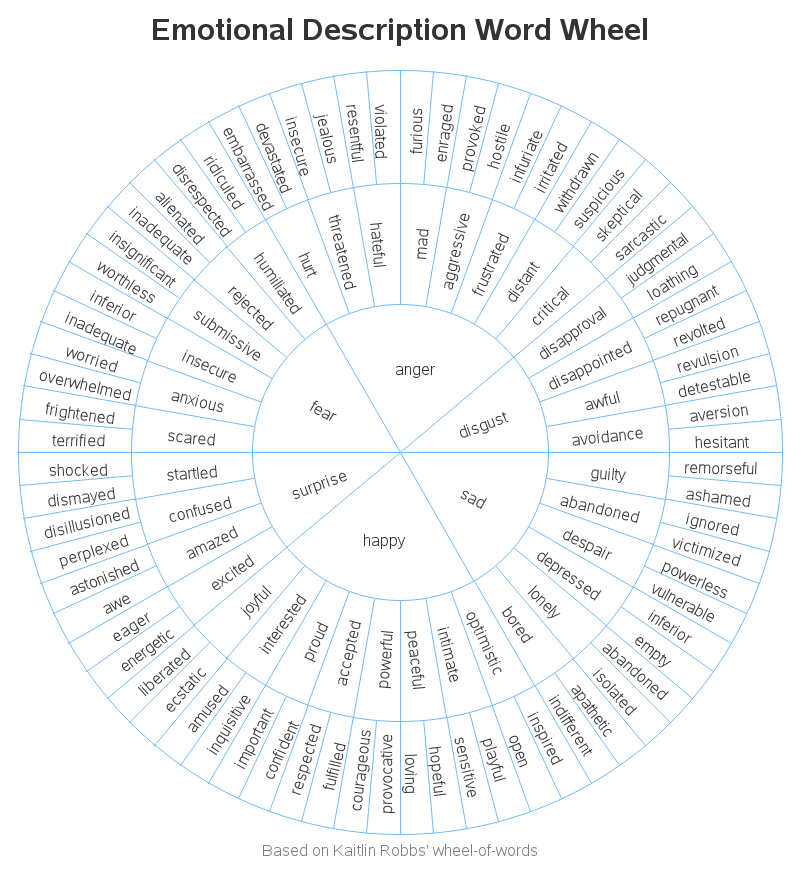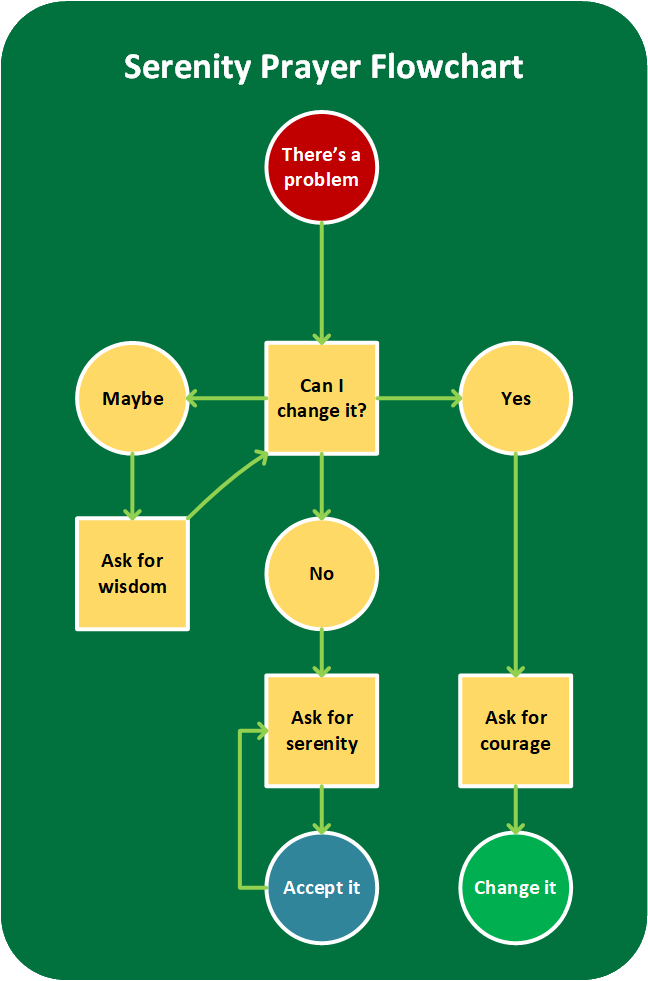A number of years ago, a marketer of mood rings was making the claim that you could discover your mood by checking the color of the stone in the setting of the ring. Black was for a depressed mood, a blue for a “blue” mood, and green for a normal or happy mood. Well, I bought one and checked out my mood. Bingo! My mood ring indicated that I was in a happy mood, which I was. Hey, “this is great” I told myself. One half hour later I excitedly checked my mood ring again. “What” I exclaimed, “how can that be” as my ring had NOW changed to black. And that is the way it went for the rest of day. Green, black, blue and then blue again. I told myself I was still happy, nothing had changed there. Long story short – it was just another gimmick. So much for “fake” science. I knew that the diagnosis of my own mood was much more accurate and so I got help. But still, when the saddening symptoms of depression began to get worse, such as being unable to get out of bed, lacking any motivation to do what needs to be done, like going to work and keeping my important appointments. It is these daily responsibilities that began to slide. And then what seemed like just a short time I found myself immobilized and in a mental and physical lockdown.
If this is happening to you – we can help or at least point you in the right direction.
Welcome to our Depressed Anonymous meetings. We don’t depend on mood rings, but we do use the spiritual principles of the 12 Steps. These are at the core of our own recovery. By work, time, prayer, going to meetings and reading Depressed Anonymous literature we do recover and we do find our way out of depression. I can only tell you my own experience with depression and what tools I used to move out of isolation and begin doing the things that all of us in the program do to get well and back on track.
Here are some of my recommendations on getting started today, and finding that caring fellowship of men and women dedicated to helping themselves and others, and accompanying them on a path that leads out of depression, sadness and futility. The first Step is to admit that I need help and that my life is unmanageable. “I can’t go it alone anymore. I need support coupled with a belief that I can get better. Give me the tools and I will get to work!”
RECOMMENDATIONS
- Attend Depressed Anonymous meeting. They happen every day of the week and sometimes twice a day, dependent whether it is a ZOOM DA meeting or a SKYPE DA meeting. Meeting times and locations can be found here on our website @ www.depressedanon.com.
- Attend a virtual (because of the Pandemic) Depressed Anonymous meeting, and click onto the site to gain entrance to the meeting. You will be welcomed by a member of the DA fellowship. If you do attend a meeting you can either pass or share your first name. But remember, you can ask questions, and participate as much as you are comfortable with. It is also important to listen to the members of the group and see if this meeting discussion talks about any issues that may be your issues.
- Some group members will post their phone numbers/emails at the meeting so that you might contact them if you would have questions about the group. Every Monday at the Skype meeting there is a Newcomers group meeting. This is a meeting that is very helpful to the new member. This can be a very good venue where some of your questions/concerns may find answers. The website also provides a wealth of literature available for purchase online plus special subject material at the Home Page menu. If you would like a person to help you with questions that you have about depression, they will be happy to share with you their story.
Hugh for the Fellowship
Finally, please trust your own feelings, not the Mood ring. 🙂




